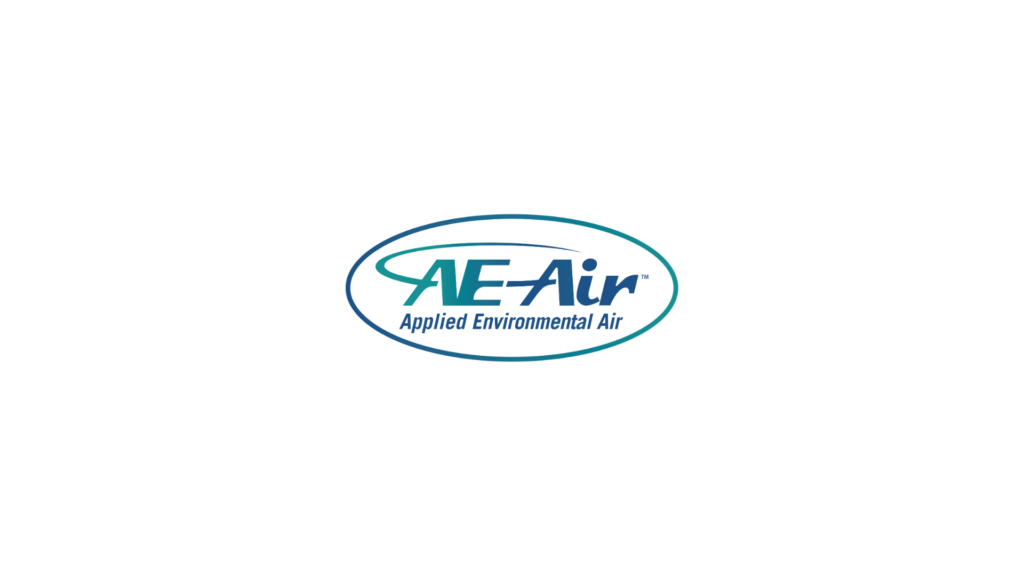Introduction
Blower fan coils have emerged as a game-changer for managing expansive spaces’ air quality and comfort. Ideal for large buildings like commercial centers, auditoriums, and industrial facilities, these systems are specifically designed to handle greater volumes of air, ensuring consistent temperature distribution and increased comfort levels. As spaces grow larger, traditional HVAC systems may struggle to maintain uniform conditions, but blower fan coils rise to the challenge with their robust performance capabilities.
These units use powerful blowers to disperse air evenly, making them perfect for large areas where airflow needs to be efficient yet gentle. This ensures that every corner of a room benefits from balanced temperatures, reducing the likelihood of hot or cold spots. With their ability to work effectively in diverse and challenging environments, blower fan coils are a smart investment for architects and engineers aiming to create optimal indoor climates in large spaces.
Understanding Blower Fan Coils in Large Spaces
Blower fan coils are uniquely essential in HVAC systems, specifically for large spaces such as commercial buildings, warehouses, and public auditoriums. These units are designed to handle substantial airflow demands, ensuring that large areas maintain a consistent climate. By operating as part of the building’s ventilation system, blower fan coils help manage temperature and air quality, which is crucial for comfort and efficiency.
A blower fan coil consists of a heat transfer coil, a fan, and a filter, all working together to circulate air effectively within large spaces. The system takes air from the room, filters it, pushes it through the coil for either heating or cooling, and then redistributes it evenly. This process supports maintaining a uniform temperature throughout expansive areas, overcoming the challenges of large, open layouts.
The reason blower fan coils are ideal for optimizing airflow in spacious settings lies in their powerful fans, which can move greater volumes of air compared to other fan coil types. This capability is especially beneficial in environments requiring precise climate control. By efficiently circulating air, these systems reduce the risk of hot or cold spots, creating a more comfortable environment for occupants.
Additionally, blower fan coils are versatile and can be integrated with existing HVAC systems or installed as standalone units, offering flexibility in design and application. They adapt to various building architectures, accommodating the specific airflow and temperature needs of each unique space. This adaptability makes them a preferred choice for developers and engineers focused on upgrading large-scale facilities to meet modern efficiency standards.
Benefits of Using Blower Fan Coils in Large Buildings
Implementing blower fan coils in large buildings offers a range of compelling benefits that align with energy efficiency and enhanced comfort goals. These systems are markers of advancement in HVAC technology, providing a superior solution for managing the complex airflow requirements of vast spaces.
Energy Efficiency:
- Blower fan coils optimize the use of energy by effectively managing heating and cooling processes.
- The design minimizes power consumption, leading to reduced operational costs.
- They contribute to the overall reduction of a building’s carbon footprint, supporting sustainability targets.
Flexibility:
- Suitable for diverse building types, blower fan coils can be fitted into different layouts and designs.
- They can work seamlessly with existing HVAC infrastructure, ensuring minimal disruption during installation.
- These systems offer scalability, adapting to the changing needs of large buildings over time.
Improved Air Distribution:
- Large spaces benefit from enhanced air circulation, reducing temperature variances across the area.
- This ensures a more comfortable environment, critical for occupant satisfaction and productivity.
- Blower fan coils help maintain consistent indoor air quality, filtering and refreshing the air regularly.
Best Practices for Implementing Blower Fan Coils
Implementing blower fan coils in large spaces requires careful planning to achieve the desired climate control and energy efficiency. Here are key factors to consider and a checklist to guide you through the process.
Key Factors to Consider:
- Space Layout: Analyze the layout of the space to determine optimal airflow paths. Blower fan coils should be strategically placed to cover areas evenly, avoiding obstructions that may hinder performance.
- System Capacity: Choose units with the appropriate capacity for the size and use of the space to ensure efficient operation without straining the system.
- Integration with Existing Systems: Assess the compatibility of blower fan coils with current HVAC systems to facilitate seamless integration and prevent unnecessary disruptions.
- Maintenance Access: Ensure that units are installed in locations that provide easy access for routine maintenance and repairs, which is crucial for long-term performance.
Installation Checklist:
- Evaluate the building’s specific heating and cooling requirements.
- Select blower fan coil units that match those requirements.
- Plan the layout for effective airflow distribution.
- Ensure placement allows for maintenance and adjustments.
- Test the system thoroughly post-installation to confirm optimal operation.
Comparing Blower Fan Coils with Other HVAC Solutions
When selecting HVAC solutions for large spaces, it’s essential to compare blower fan coils with other fan coil options to make an informed decision. Let’s examine how they stack up against alternatives in terms of performance, suitability, and specific benefits.
Performance Comparison:
- Blower Fan Coils: Known for robust airflow and even temperature distribution, these are excellent for large spaces requiring consistent heating and cooling.
- Ceiling High-Performance Units: More suited to smaller or medium-sized spaces where high output and noise may be less of a concern.
- Multi-Position Coils: Offer flexibility in installation but may lack the power needed for expansive areas.
Suitability for Large Spaces:
Blower fan coils excel in settings that require extensive coverage and adaptability. Their ability to move large volumes of air efficiently makes them preferable for open-plan designs, auditoriums, and exhibition centers, where maximum air circulation is crucial.
Specific Scenarios for Blower Fan Coils:
- Warehouse Spaces: Ensure even heating or cooling across vast floor areas.
- Large Offices: Maintain uniform comfort levels in open workspaces.
- Retail Arenas: Provide consistent climate control, enhancing customer comfort.
Conclusion
Blower fan coils stand out as a reliable solution for enhancing comfort in large indoor environments. Their design and functionality cater to the unique challenges of climate control in expansive spaces, providing consistent air distribution and energy efficiency. By following best practices in implementation and understanding how these units compare to other options, developers and architects can optimize their projects to meet modern comfort and efficiency standards.
Consider AE Air for your next large-scale HVAC project. With our expertise in blower fan coils, we offer tailored solutions that ensure optimal performance and energy savings. Enhance your building’s climate control systems by contacting us today to find out how our commercial HVAC solutions can help create a better indoor environment for your urban projects.



